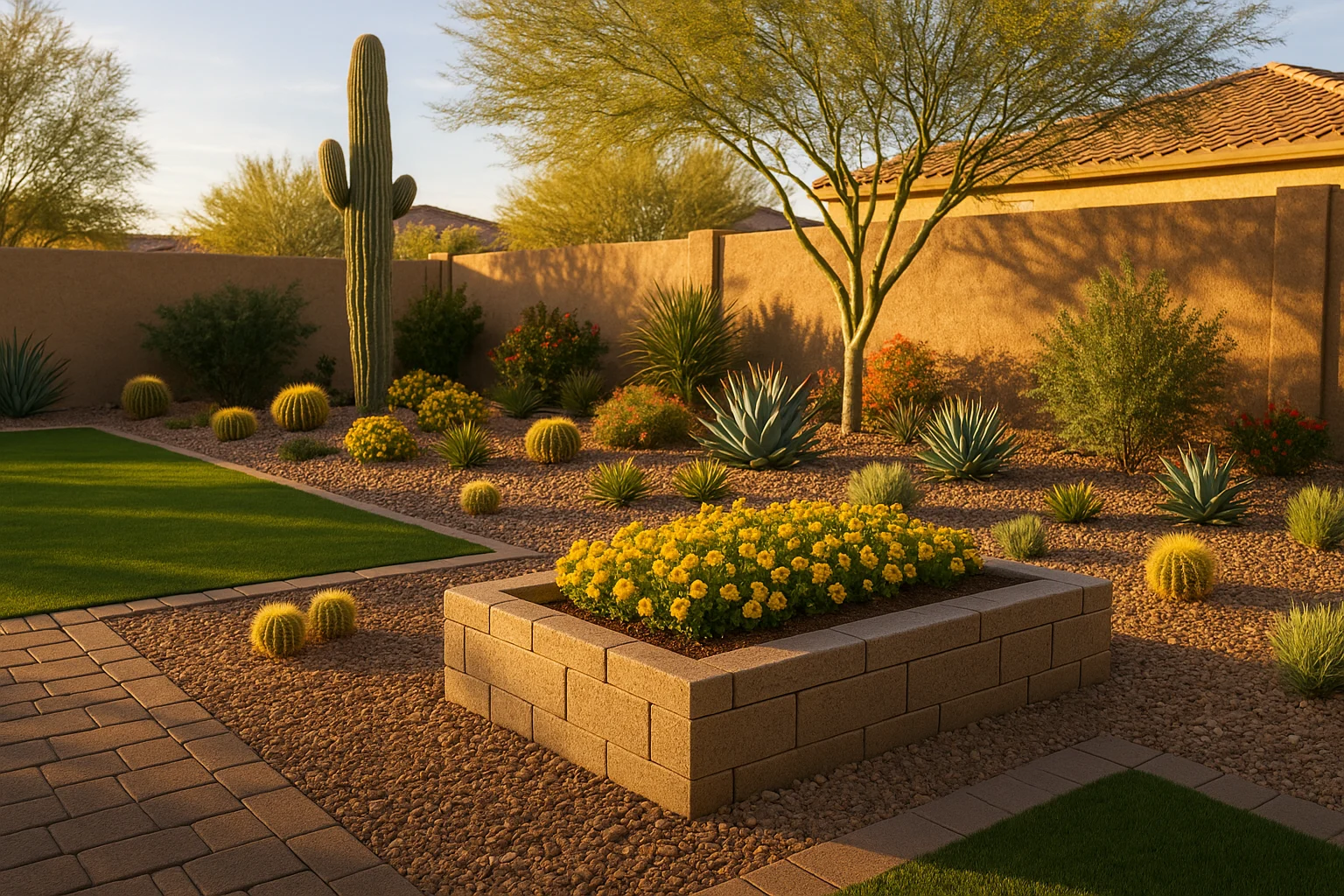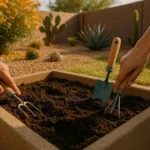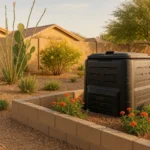Spring is a time of rejuvenation and rebirth, especially in the Southeast Valley’s gardens and lawns. As the winter chill subsides, it’s time to prepare your yard for the warmer months ahead. This article provides essential tips to kickstart your spring gardening in the Southeast Valley, ensuring your yard is lush, vibrant, and ready to enjoy.
Understanding the Southeast Valley Climate
The Southeast Valley’s climate significantly influences how you should prepare your yard for spring. Known for its hot desert climate, the Southeast Valley can pose unique challenges for gardeners. The hot summers, mild winters, and minimal rainfall require specific techniques and plant choices to ensure a thriving yard.
Spring, in particular, presents a window of opportunity for planting before the extreme summer heat sets in. The soil warms up, making it the perfect time to plant summer vegetables and flowers. This era is also ideal for lawn maintenance tasks, such as fertilizing and aerating, to prepare for the growth spurt that comes with warmer temperatures.
Revitalizing Your Lawn
After the winter season, your lawn may need some TLC to regain its lush and green appearance. Start by raking the lawn to remove any dead grass, leaves, and other debris. This process, also known as dethatching, allows the soil to breathe better and prepares it for fertilization.
Next, consider aerating your lawn. Aeration involves making small holes in the lawn to allow air, water, and nutrients to penetrate the grass roots, promoting healthier and more vigorous growth. Concluding your lawn revitalization with a high-quality fertilizer will replenish the nutrients in the soil, providing your grass with the food it needs to thrive during spring.
Choosing the Right Plants
Choosing the right plants for your Southeast Valley garden is essential for a thriving spring yard. The region’s hot desert climate means not all plants will flourish here. Opt for native or drought-tolerant plants that are accustomed to the desert environment. Plants like Agave, Desert Marigold, and Red Yucca are great choices for a low-maintenance yet vibrant garden. If you’re interested in edible gardening, spring is a great time to plant heat-loving vegetables, such as peppers, tomatoes, and cucumbers.
For more inspiration, check out our article on Top Drought-Resistant Plants for Arizona Gardens.
Pest Control

Spring is also a crucial time for pest control in the Southeast Valley. As temperatures rise, pests like ants, spiders, and cockroaches become more active. To keep these unwanted visitors at bay, ensure your garden is clean and free of standing water or debris. Regularly check your plants for signs of infestation and consider using organic or chemical pest control methods if necessary.
Pruning and Trimming
Proper pruning and trimming in spring can promote healthier and more abundant growth in your plants. By removing dead or overgrown branches, you’re allowing more light and air to reach the plant’s interior. This process also helps shape the plant and promotes the growth of new, healthy branches. Be mindful not to over-prune, however, as this can stress the plant and hinder its growth.
Watering Wisely
While spring in the Southeast Valley isn’t as scorching as the summer months, watering wisely is still crucial. As temperatures start to rise, plants require more water to stay healthy. However, overwatering can lead to soggy soil and root problems. A good rule of thumb is to water deeply and infrequently, allowing the soil to dry out between waterings. This method encourages the roots to grow deeper in search of moisture, resulting in stronger, more drought-tolerant plants.
Mulching
Mulching your garden beds in spring can provide numerous benefits for your Southeast Valley garden. Mulch helps retain soil moisture, suppress weeds, and regulate soil temperature, making it an excellent addition to your spring garden routine. Organic mulches, such as wood chips or compost, can also improve soil fertility as they decompose over time.
Feeding Your Plants
Feeding your plants with the right nutrients in spring can set them up for a successful growing season. A balanced fertilizer that contains nitrogen, phosphorus, and potassium can provide the necessary nutrients for plant growth. Depending on the type of plants in your garden, additional supplements like iron or calcium may be necessary. For more information on how to properly fertilize your plants, refer to our article, How to Fertilize Desert Plants in Gilbert.
By following these spring yard tips, you can ensure your Southeast Valley garden is prepared for the warmer months. Remember, every yard is unique, so it may take some experimentation to find what works best for your space. Happy spring gardening!






